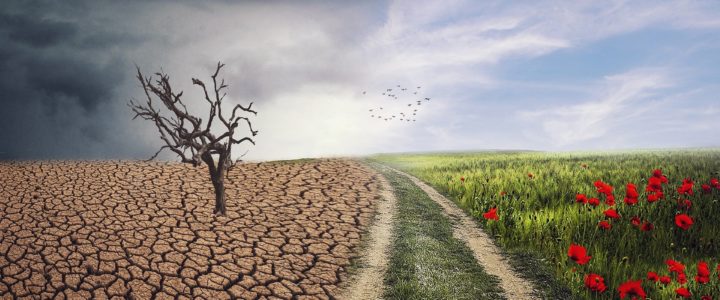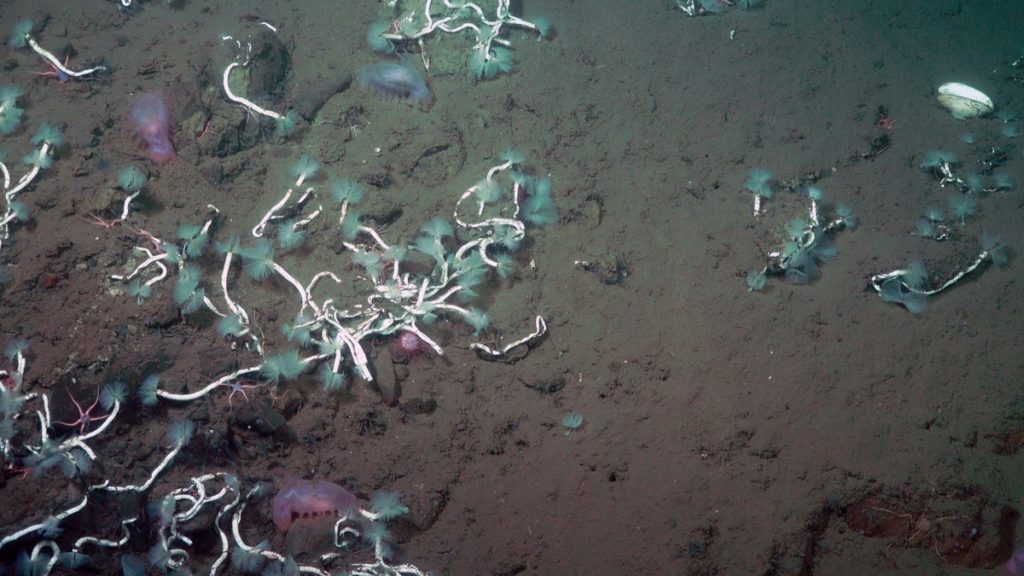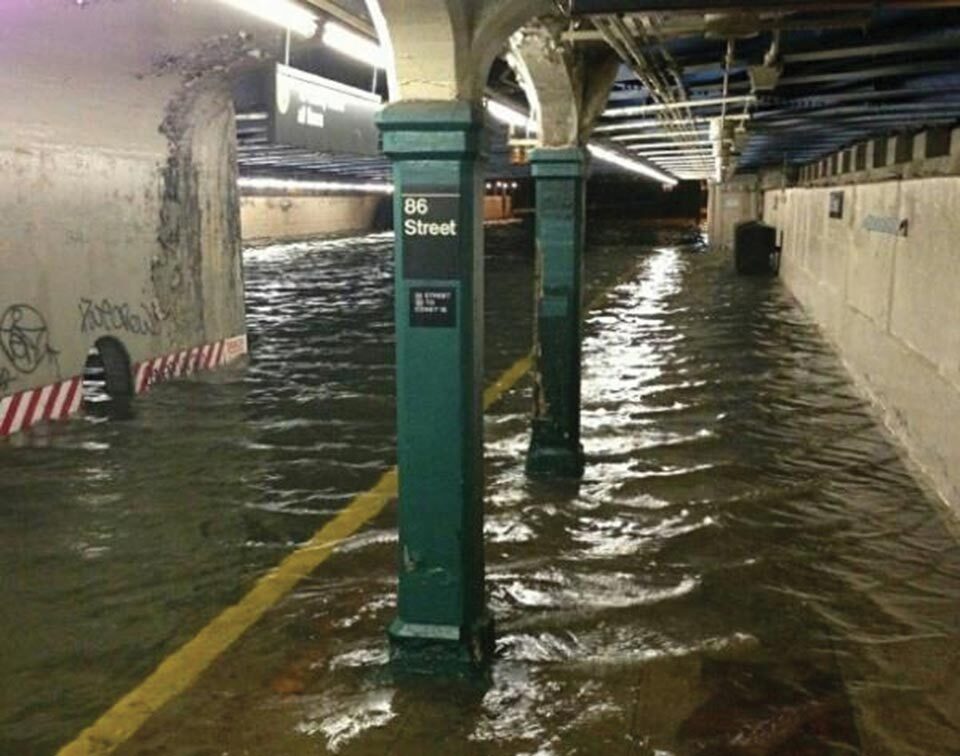
Last week, we looked at the history of the scientists who changed our understanding of the climate. This week, we take a look into the more significant causes of climate change and resulting consequences.
With most problems we face, the cause is rarely a singular issue that can be easily rectified. And while it would be easy to list all of the causes that contribute to a changing climate, some are more damaging than others.
As discussed previously, our climate has been going through warming and cooling phases since long before humans were around. This changing climate was affected by natural causes that occurred over millennia. Any rapid changes to our climate occurred from single destructive events, such as a rogue asteroid or volcanic activity. Records show that the majority of species didn’t survive these events.
Anthropogenic causes of climate change, on the other hand, can be attributed to three main sources: greenhouse gas emissions humans generate, removal of carbon sinks, and reducing the capacity of our most effective carbon sequesters.
Greenhouse Gas Emissions
We know that methane was the dominant gas around 4 billion years ago, and while the Sun’s warmth was less than modern day, water still flowed. The greenhouse effect played a major role in trapping the Sun’s radiation to heat the Earth’s surface. Without greenhouse gases, the average temperature of the Earth’s surface would be around 0°F (-18°C). Remember, greenhouse gases are gases that trap heat in the atmosphere by absorbing and emitting radiant energy within the thermal infrared range, causing the greenhouse effect. The primary greenhouse gases in Earth’s atmosphere now are water vapor (H2O), carbon dioxide (CO2), methane (CH4), nitrous oxide (N2O), and ozone (O3).
The majority of anthropogenic carbon emissions come from the combustion of fossil fuels (coal, oil and natural gas) and most methane emissions from agriculture (livestock and crops) and fossil fuels.
Removal of Carbon Sinks
Carbon sinks are produced from the sequestration of carbon and other GHG’s out of the atmosphere and stored as non-gas mediums. Forests, soils, and our oceans are carbon sinks, but also include oil and gas reservoirs, coal and limestone deposits, and methane hydrate. Removing these carbon sinks releases gases that were captured over billions of years back into our atmosphere. Remember our methane dominated atmosphere that sprung life on Earth 4 billion years ago? That process took a long time.

Reducing Capacity of Carbon Sequesters
The carbon sequesters responsible for creating our carbon sinks are slowly becoming less effective. For example, removing denser vegetation for croplands and livestock farming reduces the effectiveness of our planet’s most efficient carbon sequesters. Trees and vegetation are our best resource to capture and store carbon from our atmosphere. Our ocean is the largest carbon sequester, but is also losing the efficiency of effectiveness. The sequestration rate of our ocean is higher in the polar regions as lower temperatures facilitate atmospheric CO2 dissolution and the denser water pulls carbon to the seabed more effectively. Our ocean temperature has risen 0.06°C per decade since 1880. Since 1980, that rise has increased to 0.13°C per decade. Ocean acidification also decreases sequestration efficiency as there is less available carbonates.
Consequences: Undoing Our Evolution?

Our planet emerged from the primordial ooze with a heavily methanic atmosphere, and the primitive lifeforms that thrived, such as bacteria and archaea, continue living without oxygen today. The areas they live, like mud banks and geothermal vents, don’t contain more complex oxygen-breathing life forms. Life adapted to the changing atmosphere by evolving over millions of years to what inhabits our world now. But could that process be reversed? Not likely. Organisms of advanced complexity require oxygen because it is more efficient for the production of energy—important in sustaining our bodies and brain functions. For current lifeforms to adapt to a world with lower oxygen, we would have to reverse our gains in evolution and simplify our existence. And while this scenario is not realistic in any form, it is most likely an impossibility at the current rate of change occurring in our atmosphere.
In fact, at the rate of change that we are currently experiencing, scientists are concerned about the adaptability of all life on earth. Animals have adapted to humans redefining their environment, and a small few will continue to do so in a hotter, more toxic environment. But our carbon sequesters are also adapting. With more carbon in the atmosphere, the growth rate of trees is increasing, but is this a good thing? The balance in ecosystems will need to change to accommodate these new growth rates. As trees grow at a more rapid rate, they require more nutrients and water in their soils, and much like regions of over-farming, risk long term devastating effects.

Weather patterns are changing as the world is seeing more intense and frequent storms than ever before in our historical records. Storms destroy our crops, the home of native species, and cause extreme landslides.
On the other side of the coin, dryer months are now dryer causing more frequent and intense bushfires. Bushfires are a natural part of regenerative growth in forest ecosystems, but don’t provide the same benefits with rapid frequency.

The infrastructure in most of the world is not prepared for such extreme weather conditions. Fires, flooding, and snowstorms have devastated the US in the past few years, and the upgrading of our infrastructure will take time, and cost billions of dollars. And while these are some of the more severe consequences of climate change, we don’t yet fully understand what others are to come. It is likely that other consequences we have not yet seen or anticipated will arise to compound the impact.
Next week we look at the sustainable limit, how it is calculated, and how we can transition our lifestyles to live below the limit.
Part IV of our Climate Change Series that looks at climate history, consequences, policy and future outlook



